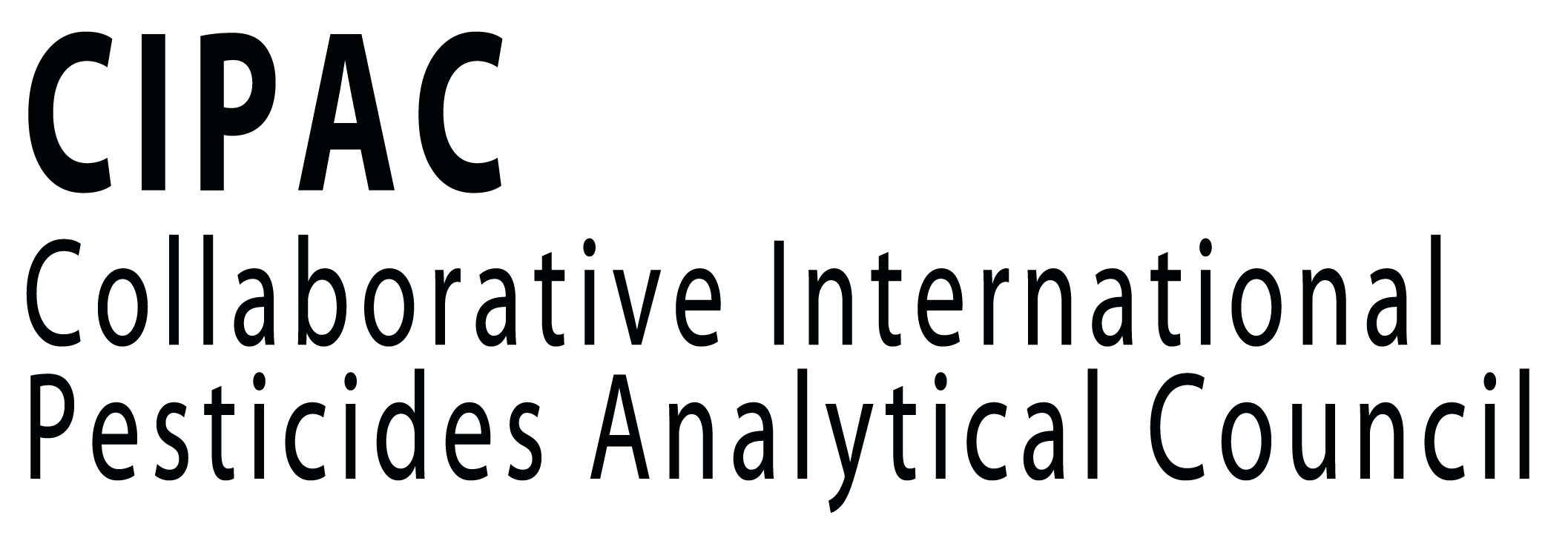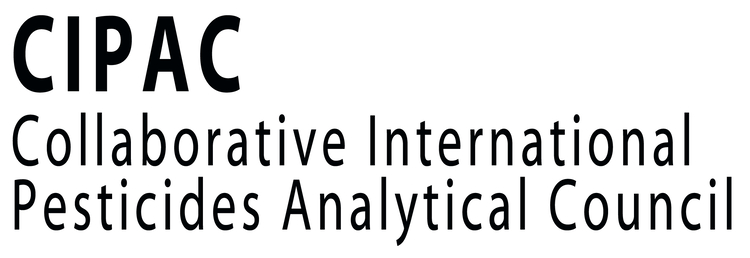MT 130 - Colorimetris tests for identifying certain alkylenedis(dithiocarbamates) in technical material and formulated products
Content Handbook F
Outline of method
Aqueous dispersions of the unknown sample and the standard reference dithiocarbamates are spotted systematically on to the filter paper and allowed to dry. Different spots from sample and standards are treated with (i) acid dithizone (ii) sodium hydroxide and (iii) sodium hydroxide and acid dithizone. The colours produced due to the metallic moieties present in the central powder spot and annulus are compared with those from the standards and this enables the sample to be categorised and sometimes positively identified. Supplementary tests are used to indicate the presence of water soluble or insoluble zinc salts such as sulphate or carbonate.
Following the step-wise procedure, elimination of the various possible dithiocarbamates from the sample is progressively achieved until finally, spots derived from a chloroform dispersion of the sample and mancozeb standard, and to which neutral dithizone is added, distinguish between mancozeb, and a mixture of maneb and zinc sulphate or other water soluble zinc salts. These are indistinguishable in aqueous suspension, and the non-aqueous neutral conditionsare deliberately chosen to suppress ionization of the zinc salts or zinc oxide. Mancozeb therefore gives a noticeably different colour response, and this is believed to be due to the co-ordinately bound zinc having sufficient ionic character in chloroform to form rapidly the zinc dithizone complex. Test 7 (see p. 324) briefly describes the esponse from mancozeb as a bright pink "flash" and that from the other products as being slower, duller and more feeble. It is important to note that the 'flash' collectively describes three processes occurring in rapid sequence at the powder spot on adding the dithizone reagent, i.e.
| (i) | The appearance of a bright pink colour. |
| (ii) | The transient existence of the colour due to migration of the material on the filter paper which is quickly transferred to the outer edge of the powder spot, forming a halo. Traces of ethanol in the chloroform are responsible for the effect. |
| (iii) | The re-appearance of the background colour of the powder spot as process (ii) takes place. This gives the illusion of the spot merging from the surface of the paper. These processes are repeatable by over-spotting with reagent. |
Scope
The method provides a suitable basis for the determination of the active ingredient(s) in the technical material and in most formulations containing the ionic salts of bromoxynil, 2,4-D, 2,4-DB, dichlorprop, fenoprop, MCPA, MCPB, mecoprop, 2,4,5-T and 2,3,6-TBA.


